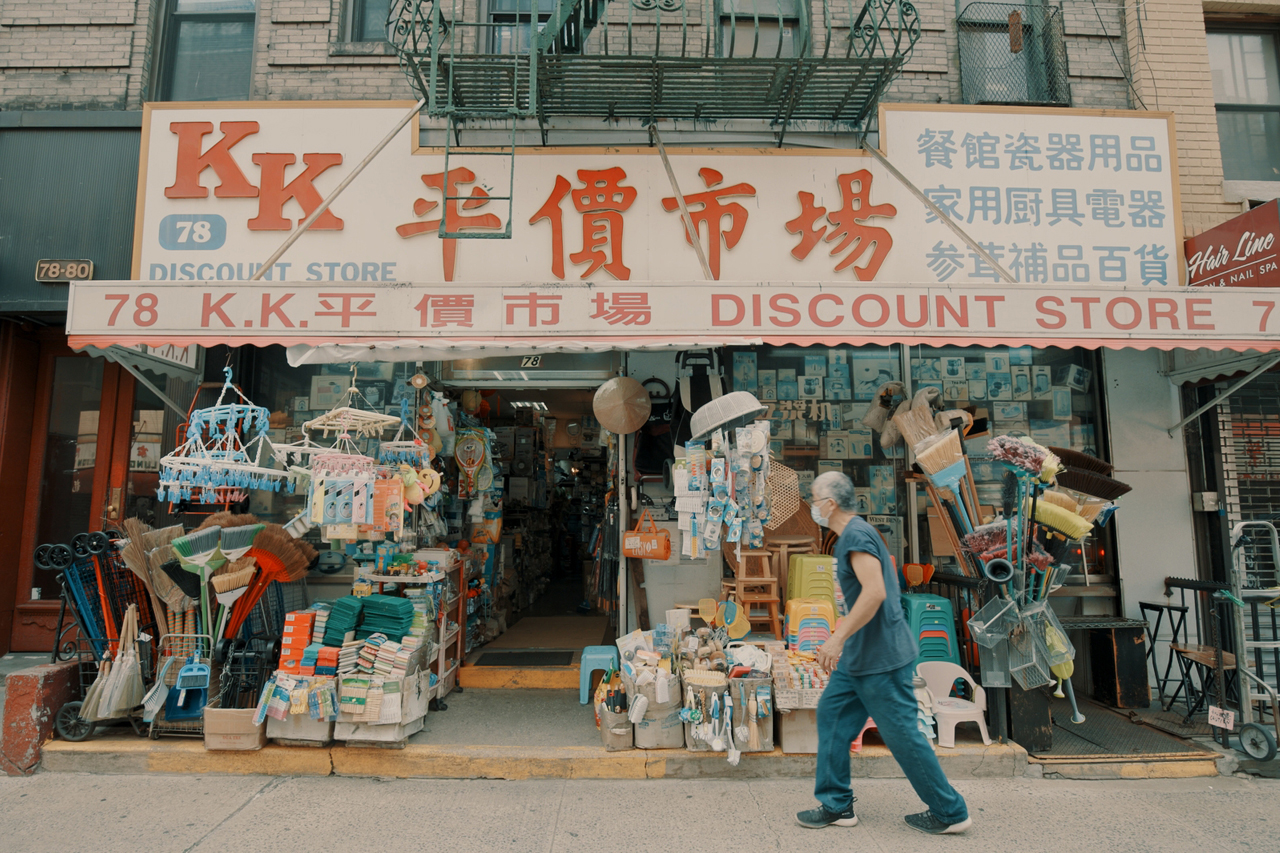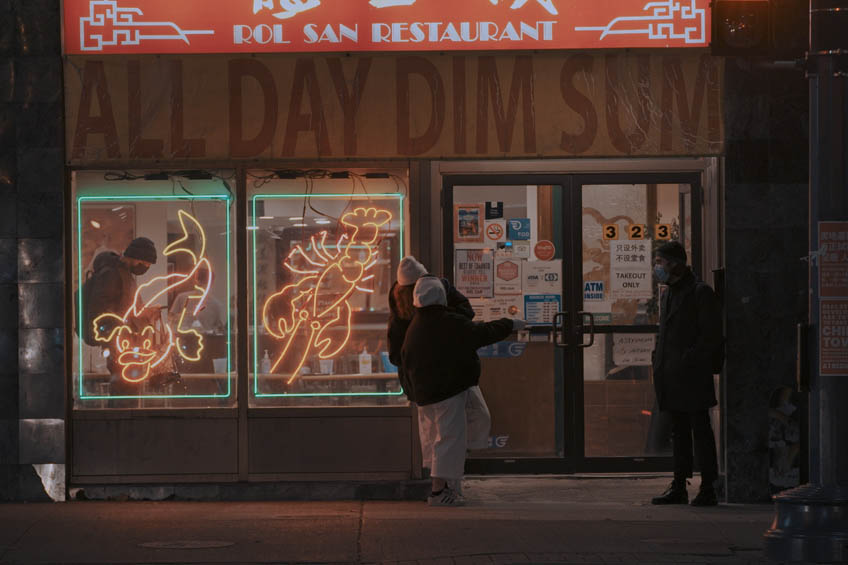
Karen Cho is a fifth-generation Chinese-Canadian with deep roots in Montreal’s Chinatown. When developers started buying up a historic Chinatown block in her hometown, she watched her community fight back. And she started filming.
Karen ended up creating a whole documentary about this topic, Big Fight in Little Chinatown. The film chronicles how condo developers, gentrification and even a jail development are trying to push out Chinatown residents across North America — not just in Montreal. But Chinatown residents are fighting back.

Big Fight in Little Chinatown
Many of the people in Big Fight own multi-generational food businesses, like banquet halls and dim sum restaurants. Karen chronicles their struggles post-COVID and with the rise in anti-Asian hate, but also how they’re evolving and adapting so they can thrive and help their community.
Karen spoke with Food Network Canada about how Chinese food businesses influenced Canadian cuisine and what we’d lose without them. She also recommended some of her favourite Chinatown eats across the country.
What impact have Chinese restaurant owners and food entrepreneurs had on Canada’s own food culture?
There’s a unique cuisine that comes out of Chinatowns. Some people think, oh, this is not authentic or this is not good Chinese food. It’s like, yeah, because it’s Chinese-American food, Chinese-Canadian food. It’s a unique style of food that was born of being a community in a strange land.
Every province in Canada has a claim to a certain Chinese dish. There’s the famous ginger beef that was invented in Calgary. In Edmonton, green onion cakes. It’s a northern Chinese dish, but it was popularized and known as an Edmonton dish.
What happens if we lose our Chinatowns?
If you’re a foodie, the first place you should go in a city is Chinatown. It’s often one of the last places where authenticity is still intact.
What neighbourhood can you taste the first-ever bilingual fortune cookies that continues to be produced in that neighbourhood? Or the noodles that have been coming out of Wing’s Noodles for almost 100 years in the neighbourhood and are served by all the restaurants there?
Chinatowns everywhere have a really deep cultural heritage, but a food cultural heritage as well. Sometimes it’s undervalued or devalorized because it’s the General Tao chicken kind of thing. But those dishes need to be celebrated as uniquely Chinese-Canadian or Chinese-American things, and also things born out of Chinatowns.

Big Fight in Little Chinatown
Big Fight features stories from Chinatowns in Montreal, Toronto and Vancouver. What are some of your favourite Chinatown restaurants in those cities?
[Laughs] This is so hard! You need to put a caveat that I had to only choose one or two. It’s like asking to choose which of your five children you love the best!
Montreal
They’re a second-generation business in our Chinatown. Their father was one of the original people to bring Hong Kong-style barbeque into Montreal in the 80s! You can get this amazing char siu, which means barbeque pork.
They have this chef named Mr. Lee, he’s in his 70s. I’ve never in my life seen anybody use a wok like Mr. Lee. They have this amazing salt-and-pepper squid.
Toronto
When I go in there, it’s like I taste my ancestors’ food. Go with a friend who speaks Chinese — or even better, speaks Taishanese. These kinds of restaurants have a Chinese menu or a set menu, which is not the white version of the menu. You can get an amazing seafood hot pot or tofu hot pot.
They have these two desserts and you have to bring your friend and order both of them because they go so well together. It’s this Hong Kong-style French toast and this soft serve ice cream with a soy sauce reduction on it. When you eat those two things together, it’s like being in heaven.
Vancouver
You have to go for the $5 dumplings. I fed my entire film crew while we were filming there for like $40. You’ll see the people coming in there. They’re seniors, people from the downtown eastside. If you want to experience all the elements of the neighbourhood and get a feeling for it, just sit at one of the tables across from their cash counter and you’ll know what it is to have various people coexist together as one neighbourhood.
It’s in the basement of the Mah Society of Canada building. They serve dim sum. All the family association buildings have restaurants on the bottom, which help cover the rent or the mortgage or taxes for the building.
